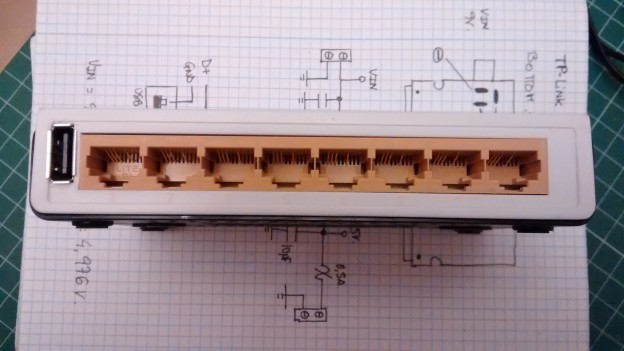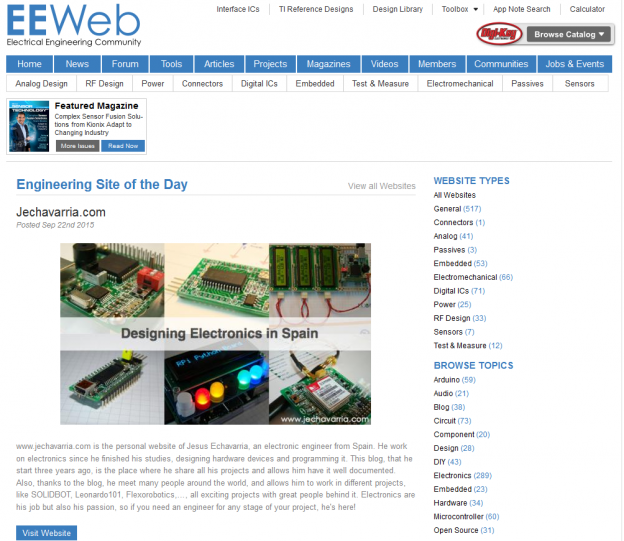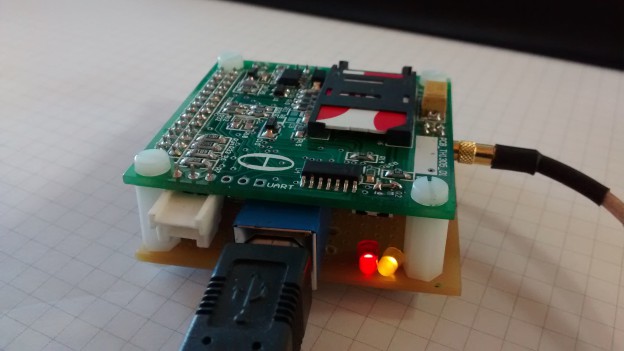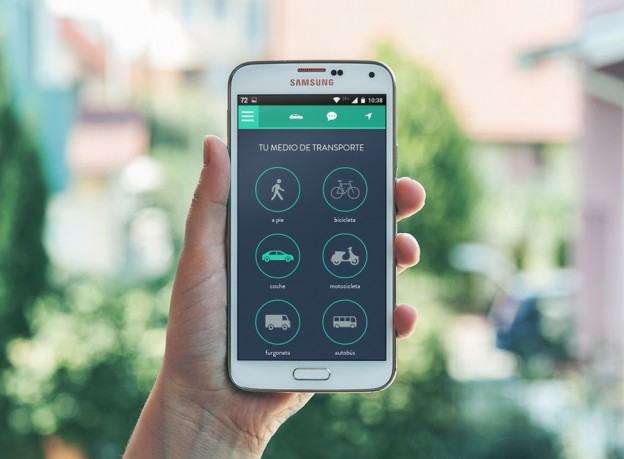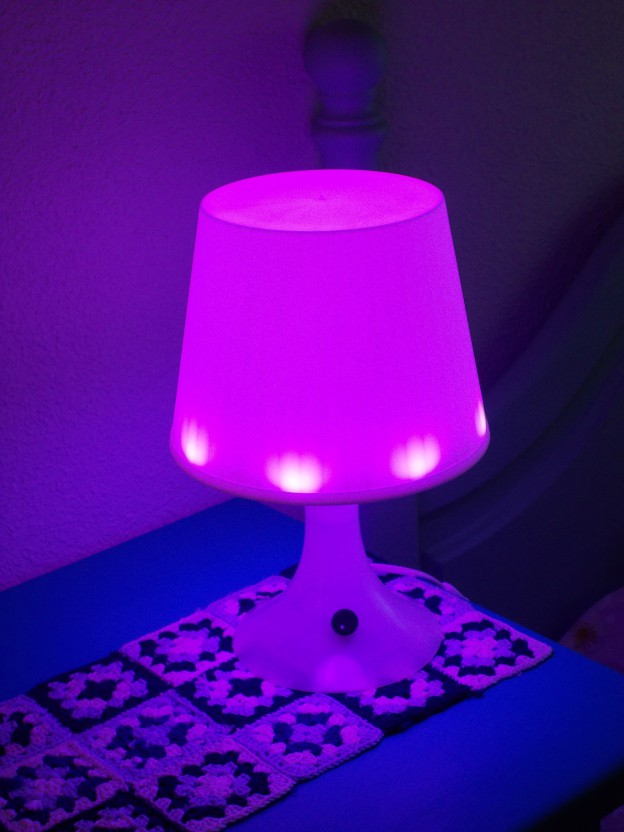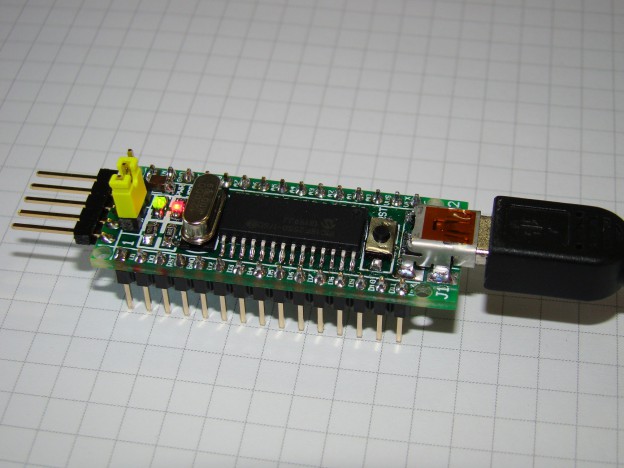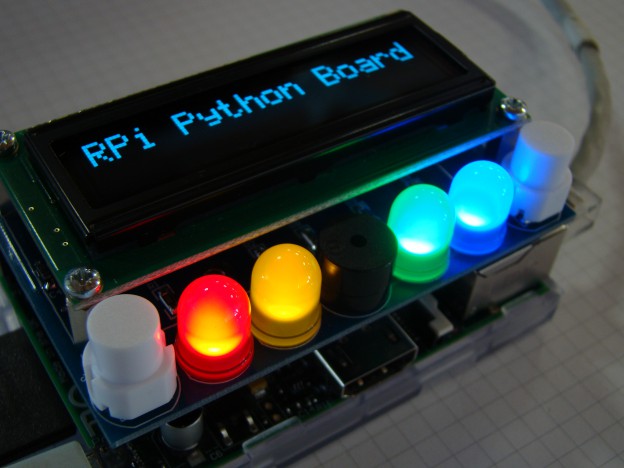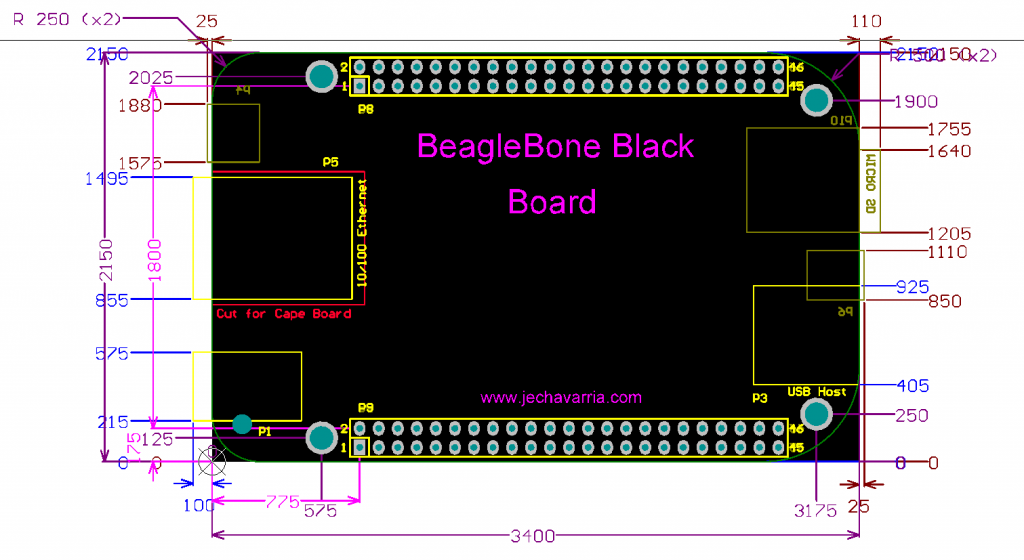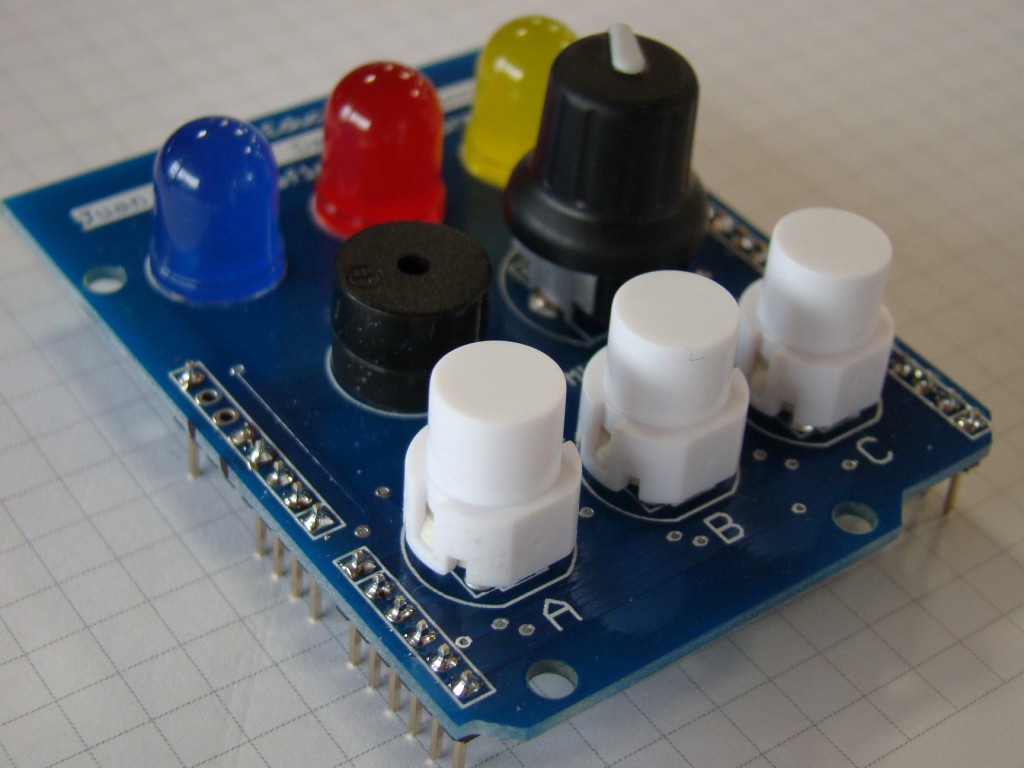UPDATE: You can find a brief entry on Adafruit blog, thanks!!!
UPDATE: You can find this project on Instructables webpage: http://www.instructables.com/id/Add-a-USB-Power-Port-to-a-10100-Switch/
Hi all! After some time out, due some hard work, I’m here again with a ‘one weekend’ project (in my case, with three childs. Sure it can be done in one afternoon!). I want to start some projects with Arduino and IoT, so the first things I need is an Arduino board, an Ethernet shield and a switch to connect it to the net. Also I need a power supply for the Arduino board, and I think that, better than a external USB AC wall adaptor or power supply, is modify the switch to add it a USB power port that can power the Arduino board. I’ve got at home a TP-Link TL-SF1008D, a simple 8 port 10/100 Mbps switch. So, let’s go to open it and add it the USB port!
